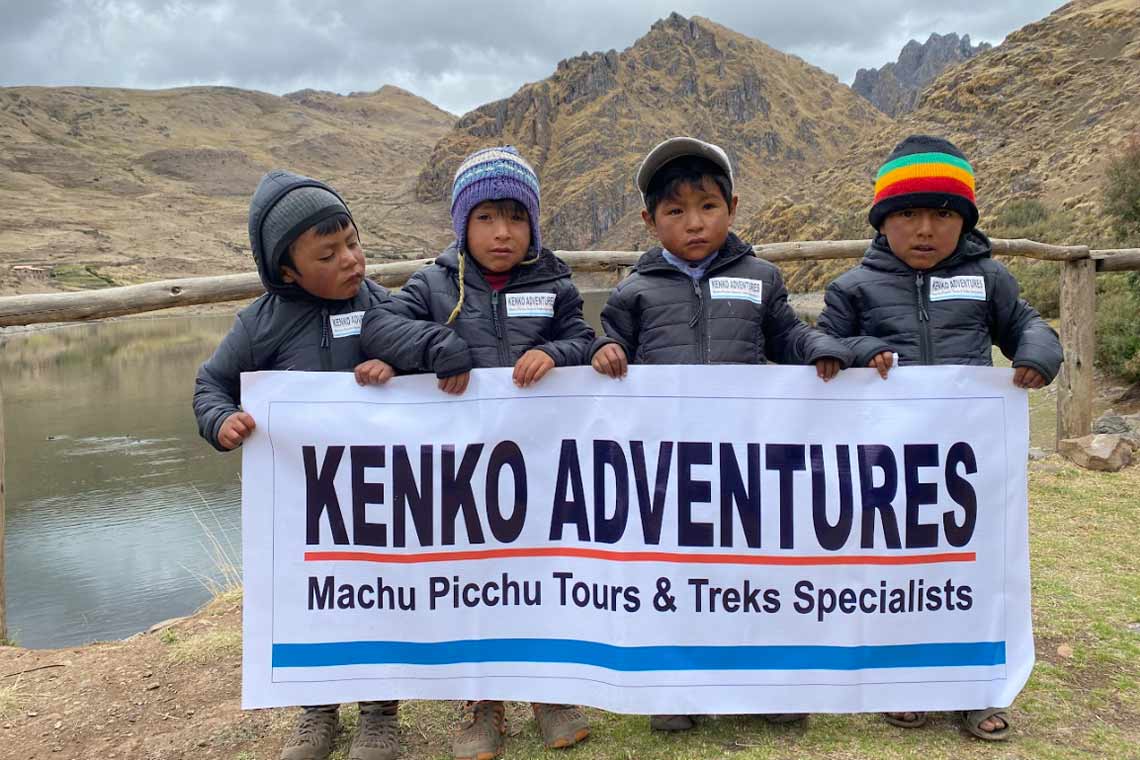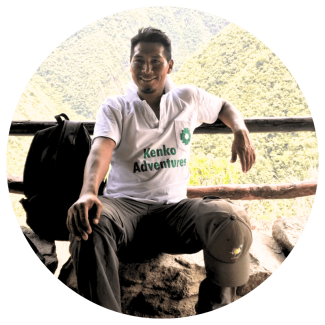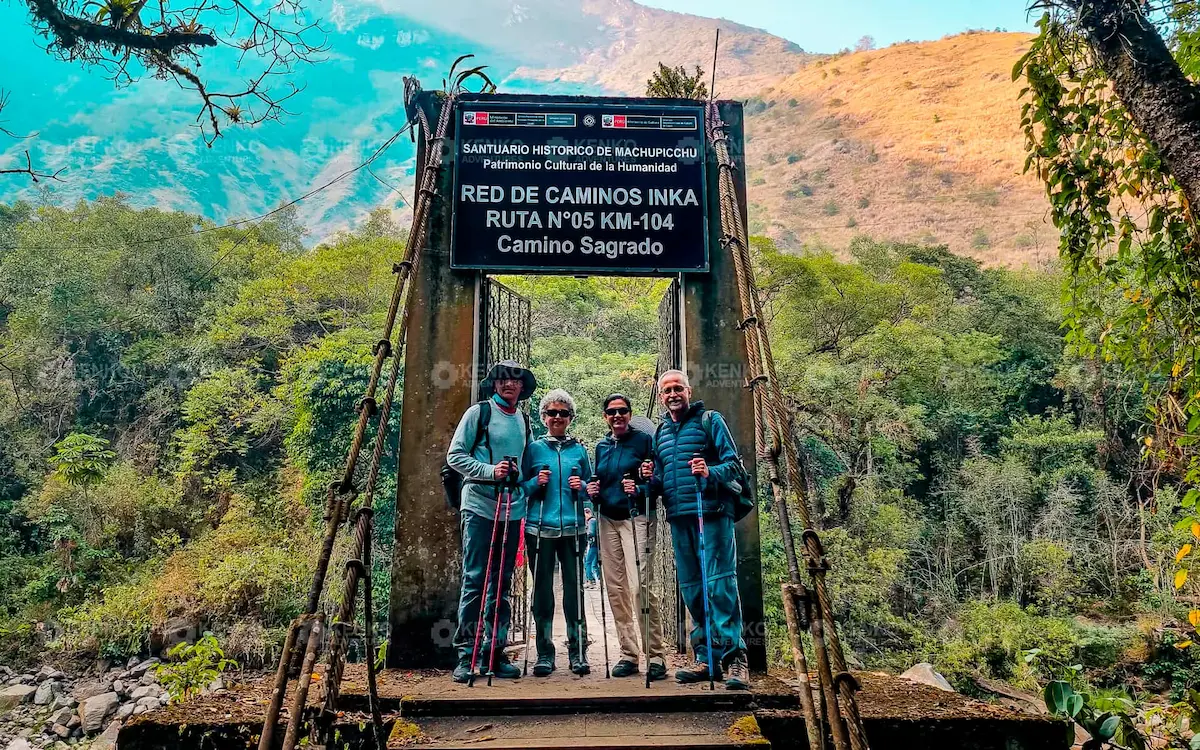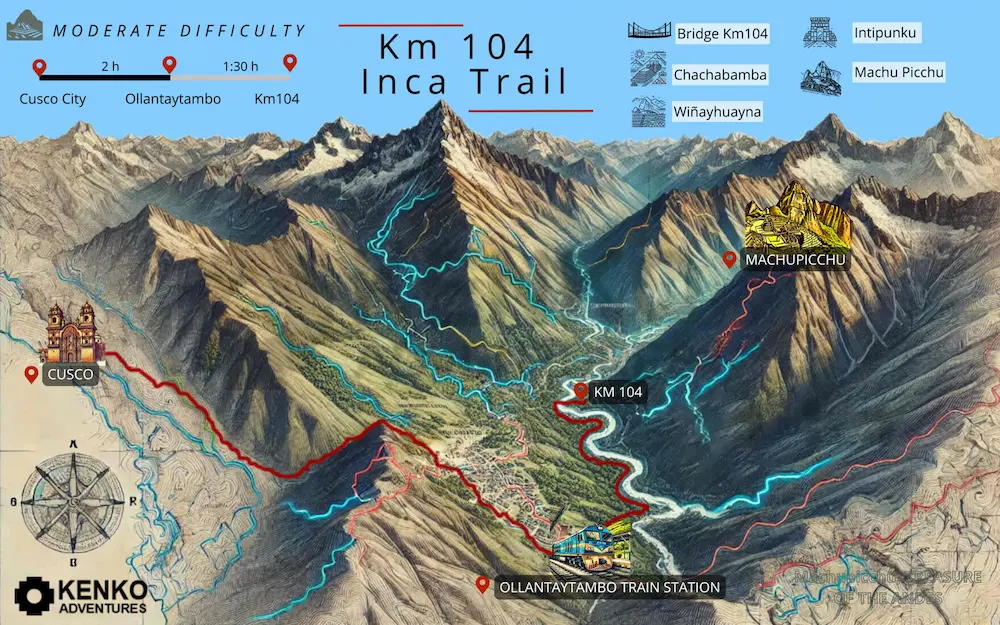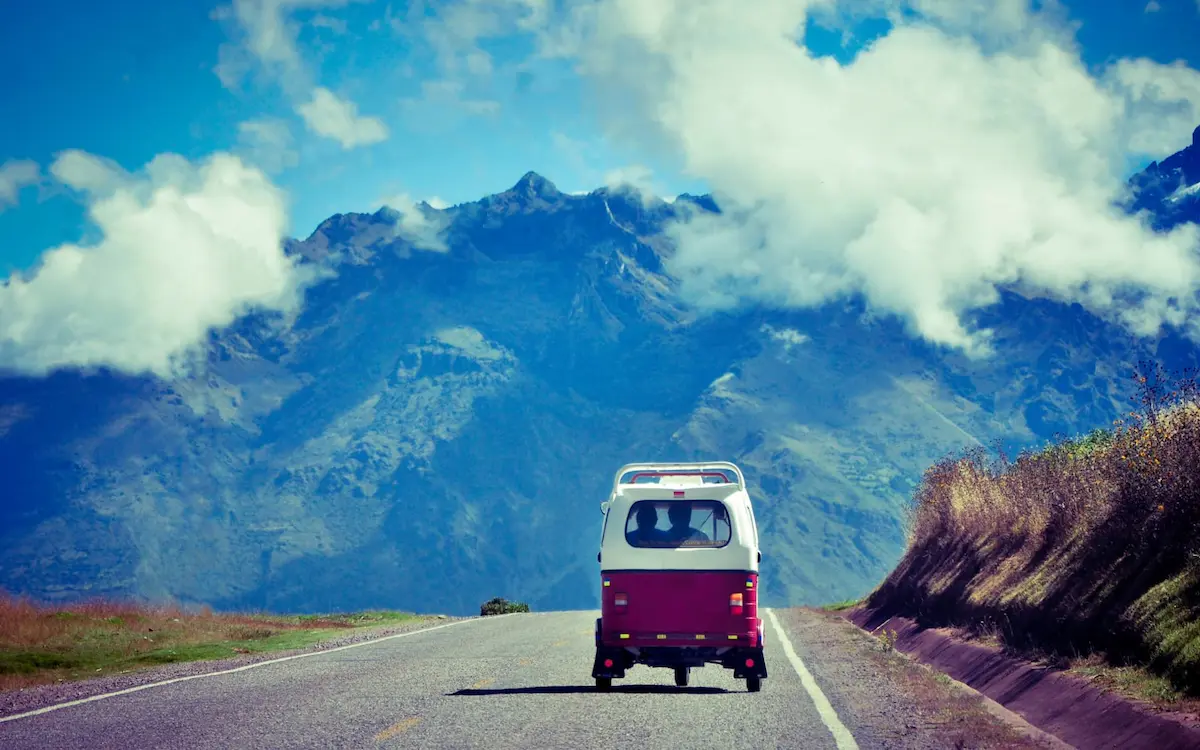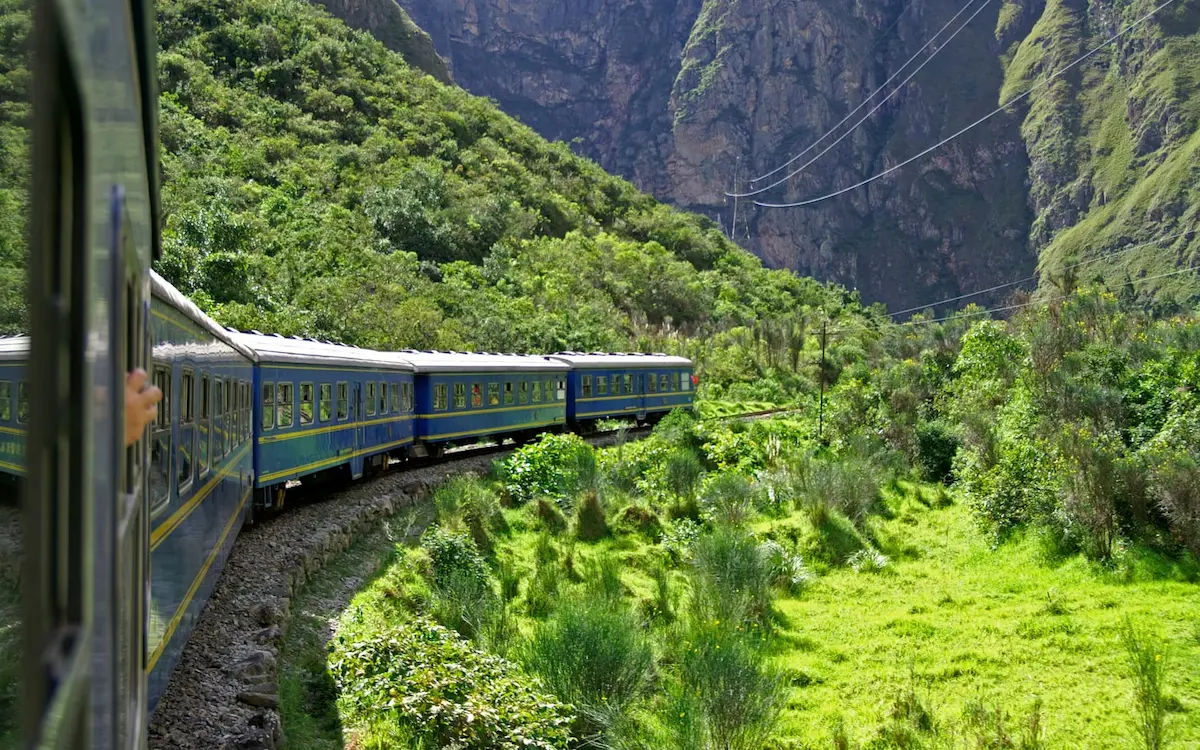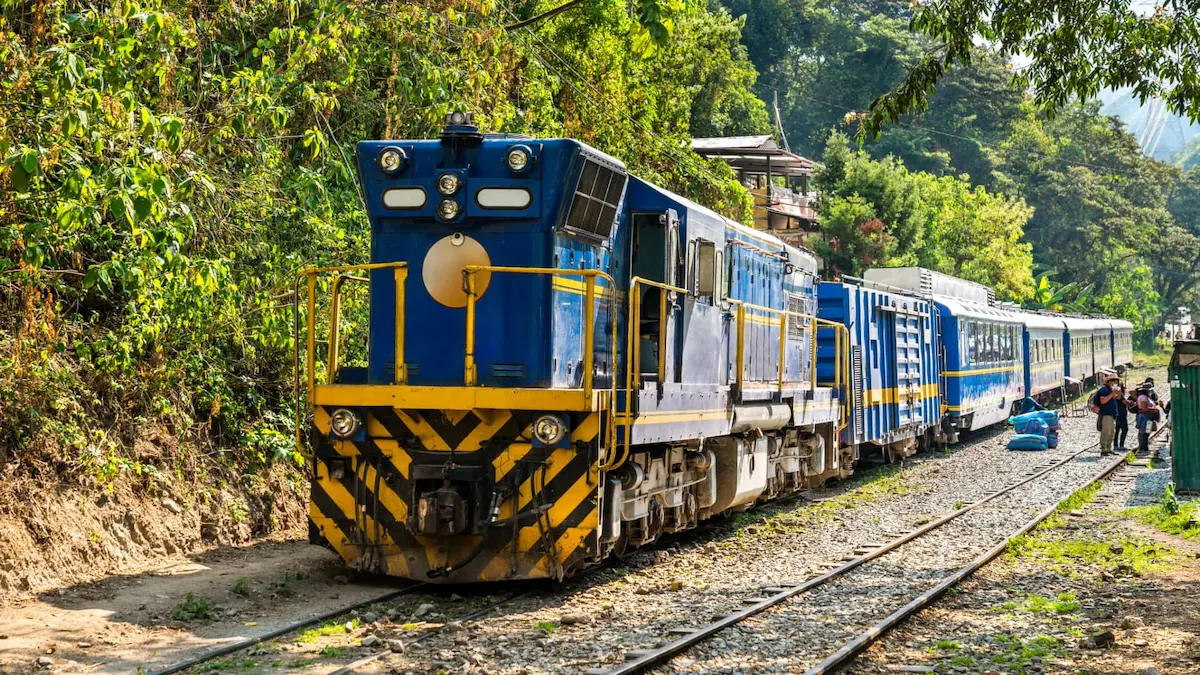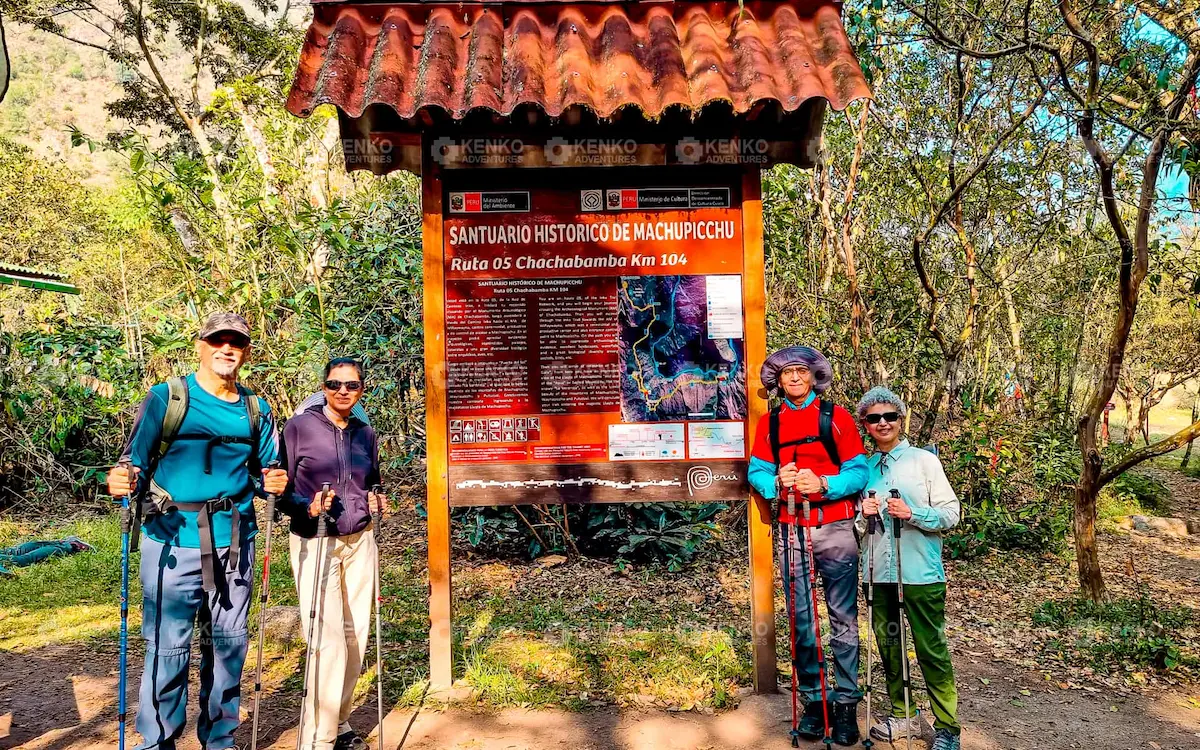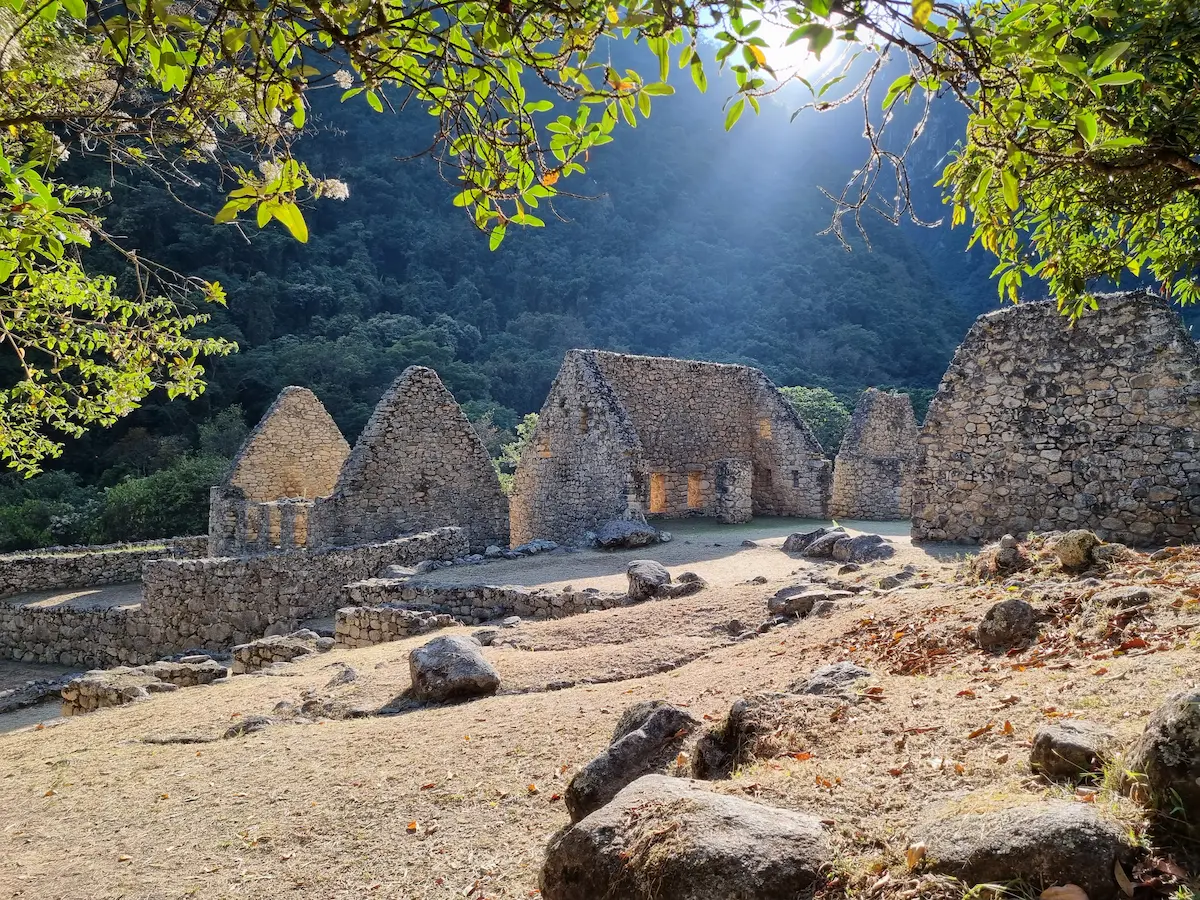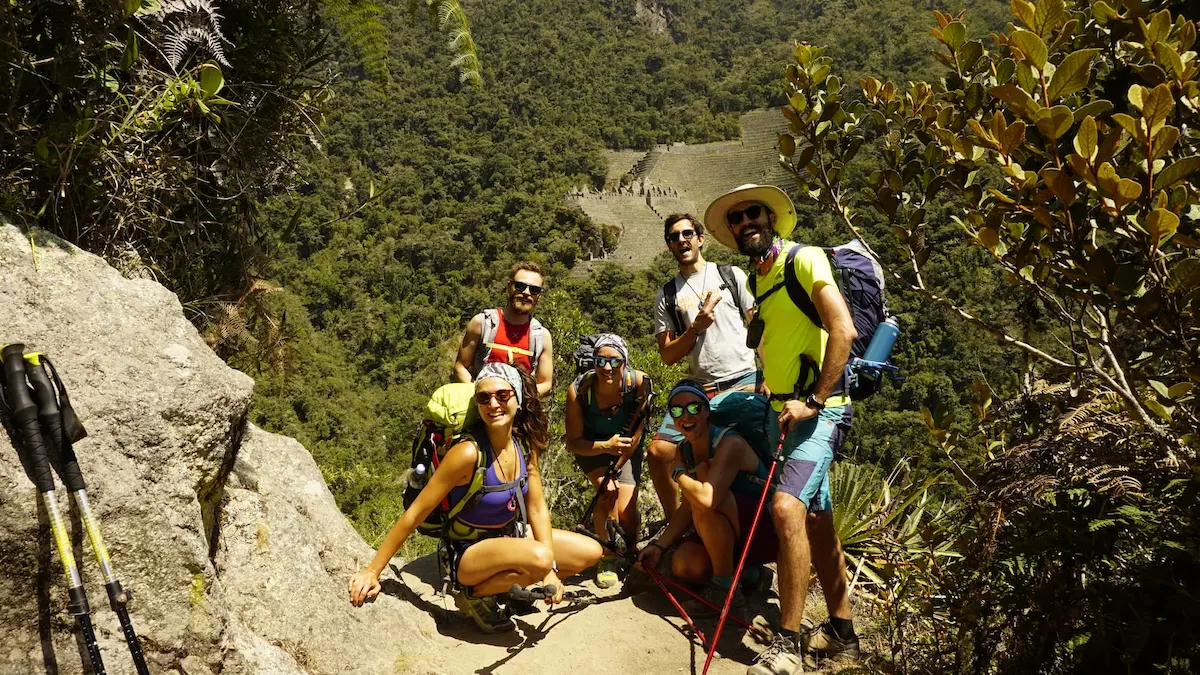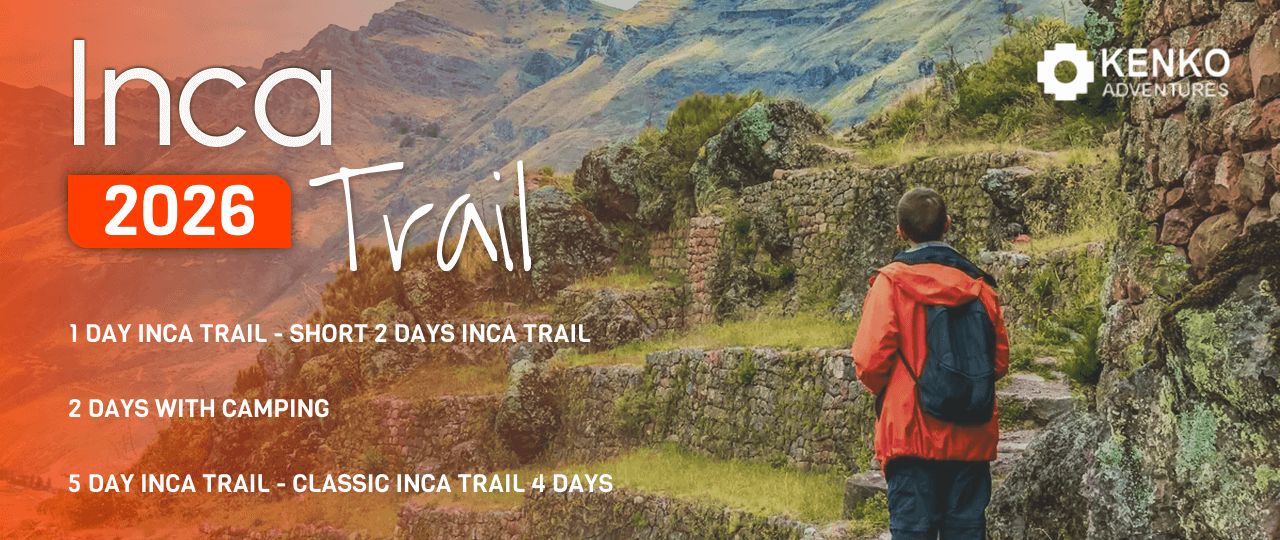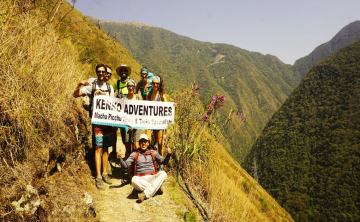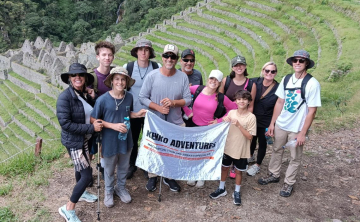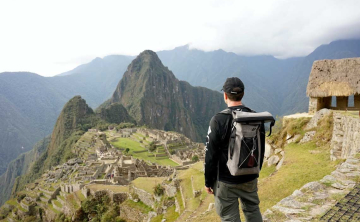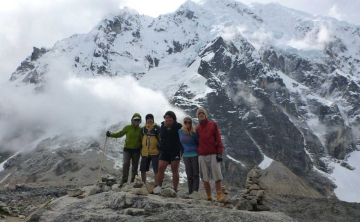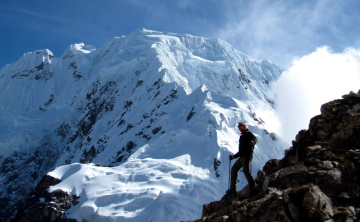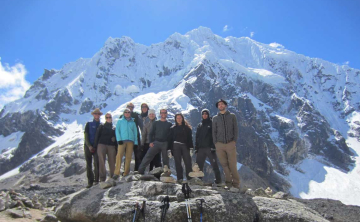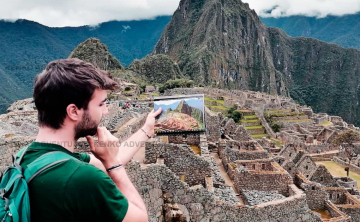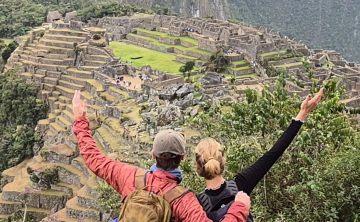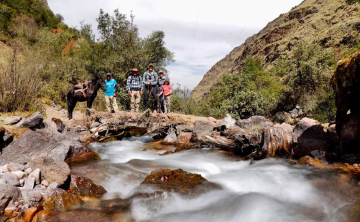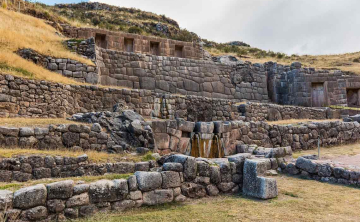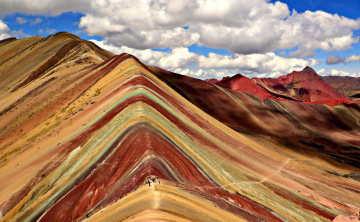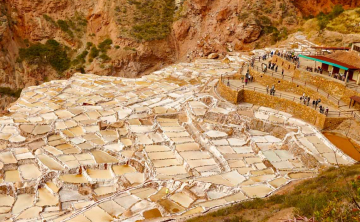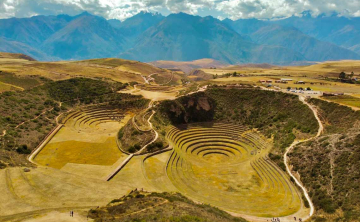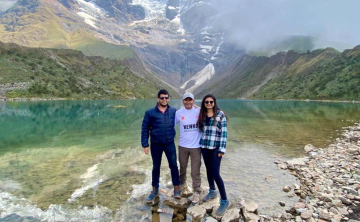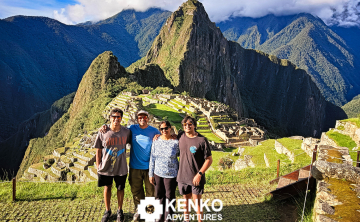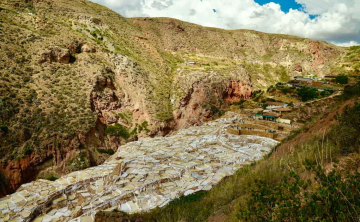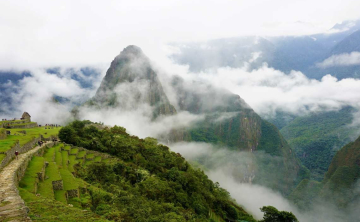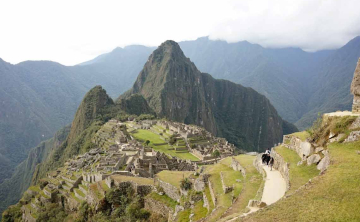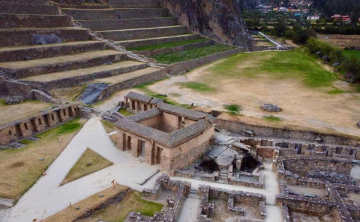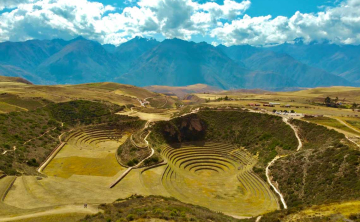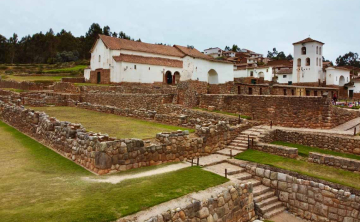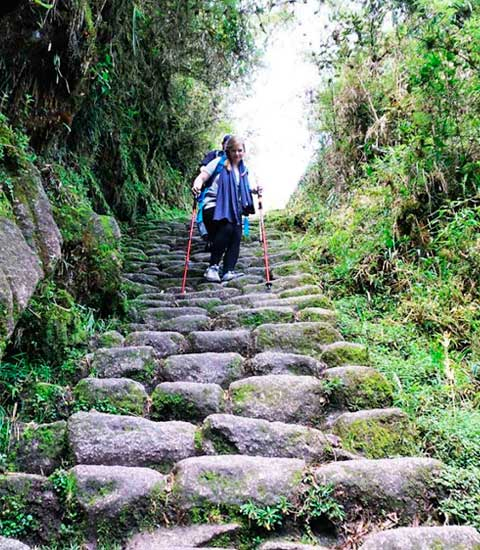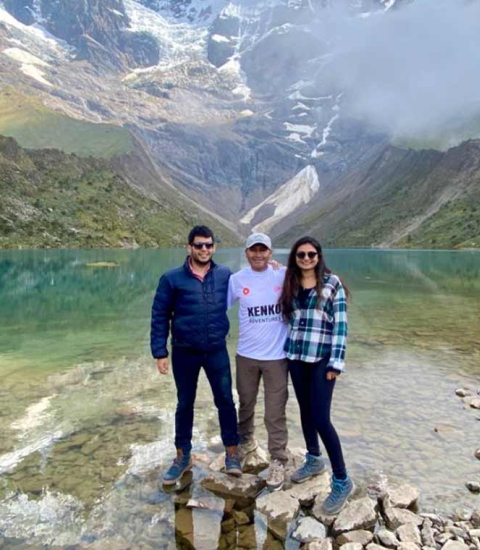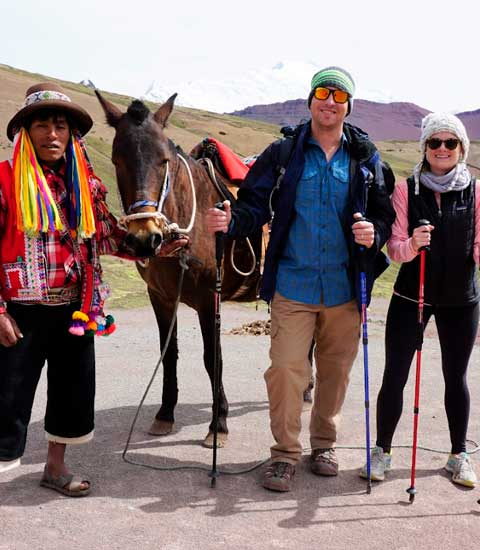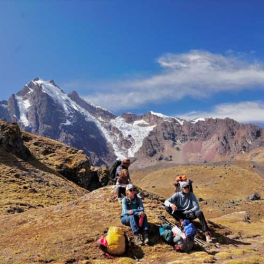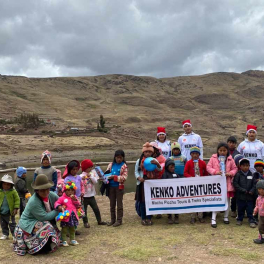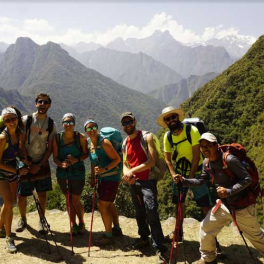We present our real culture life to our clients, hiring people from villages and communities of our region.
- Blog
- Km 104 Inca Trail: Perfect Start For Short Machu Picchu Trek
Km 104 Inca Trail: Perfect Start for Short Machu Picchu Trek
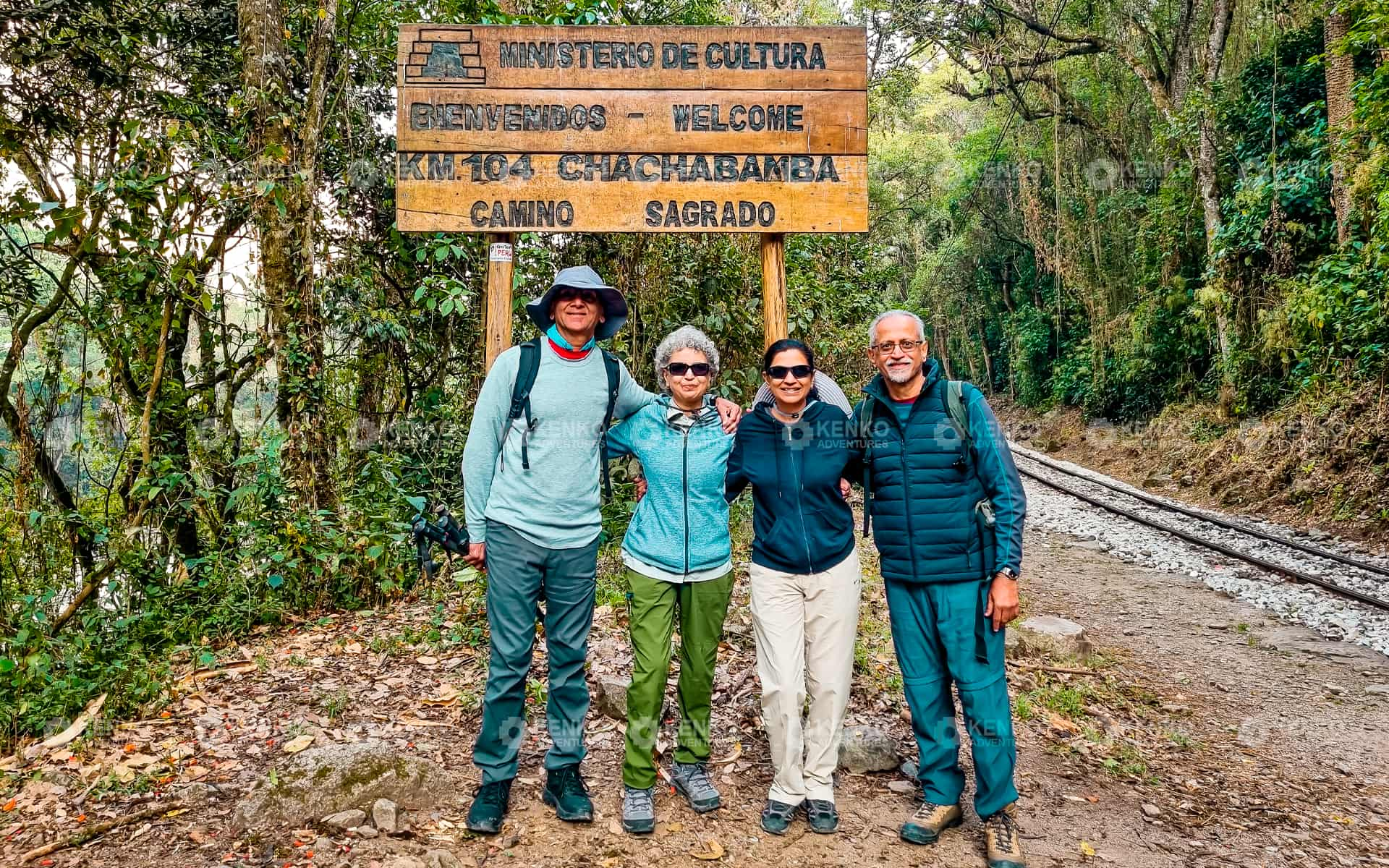
We believe the Short Inca Trail starting at Km 104 offers an extraordinary and accessible adventure to Machu Picchu. This iconic route delivers a powerful blend of ancient Inca culture, breathtaking Andean landscapes, and an unforgettable arrival at the lost city. We designed this experience for travelers eager to capture the essence of the Inca Trail magic without committing to the multi-day trek. Kenko Adventures ensures your journey is seamless, safe, and truly transformative.
Why we love Km 104: Scenic beauty and historical significance
The Km 104 Inca Trail is one of the most captivating sections of the route to Machu Picchu, offering a perfect balance between breathtaking landscapes and fascinating archaeological treasures. More than just a starting point, this section represents the essence of the Short Inca Trail where history, nature, and adventure blend seamlessly into one unforgettable journey.
Effortless access to the trail
The adventure begins with a scenic train ride that brings travelers to Km 104, located along the railway between Cusco and Aguas Calientes.
You can reach this point in approximately 2.5 hours from Poroy or 1.5 hours from Ollantaytambo, depending on where your journey begins. This convenient access makes it an ideal option for those who want to experience the Inca Trail to Machu Picchu without committing to a multi-day trek.
Upon arrival, hikers cross a small bridge over the Urubamba River, where the trail officially begins. From the very first steps, the path is surrounded by lush vegetation, crystal-clear streams, and the gentle sounds of nature setting the tone for an inspiring day ahead.
Exploring iconic Inca landmarks
One of the most rewarding aspects of the Km 104 Inca Trail is the opportunity to visit remarkable archaeological sites that reveal the brilliance of Inca engineering.
The first stop is Chachabamba, a ceremonial complex believed to have served as a checkpoint and religious site for travelers heading to Machu Picchu. The finely carved stone structures and irrigation channels showcase the Incas’ mastery of architecture and water management.
As the trail ascends, hikers reach Wiñay Wayna, one of the most beautiful and spiritual sites on the route. Its name means “Forever Young” in Quechua, and it features cascading terraces, ritual baths, and panoramic views of the valley below. This site is often described as a smaller version of Machu Picchu due to its complexity and design.
Finally, after several hours of hiking through cloud forests and stone paths, adventurers arrive at the Inti Punku (Sun Gate), the ancient entrance to Machu Picchu. The first glimpse of the citadel from this viewpoint is a breathtaking reward that perfectly captures the magic of the Inca Trail.
A condensed adventure full of meaning
The Short Inca Trail from Km 104 is often called a “mini version” of the Classic Inca Trail because it condenses all the highlights into a single, manageable day. Despite being shorter, it offers the same profound sense of connection with Inca history, nature, and spirituality.
This route is ideal for travelers who have limited time but still wish to experience the magic of walking on the original Inca stone paths. It’s a journey that combines physical challenge with cultural immersion, suitable for adventurers, families, and history enthusiasts alike.
Unmatched views and natural beauty
Throughout the hike, the views from Km 104 are simply unforgettable. The trail winds through lush valleys, misty cloud forests, and high mountain ridges that open to dramatic panoramas of the Urubamba River and the Andean peaks.
Every turn reveals a new postcard-perfect scene orchids blooming on the trail’s edge, hummingbirds darting between bromeliads, and ancient terraces blending harmoniously into the landscape.
Reaching Inti Punku as the sun sets over Machu Picchu is a moment that stays with every traveler. It’s more than just a hike; it’s an experience that connects you to the heart of the Andes and the timeless spirit of the Inca civilization.
You might also want to check out: The best snacks while hiking in Peru
How We Reach Km 104: Travel Options and Logistics
Reaching Km 104, the official starting point of the Short Inca Trail to Machu Picchu, is an adventure in itself. At Kenko Adventures, we carefully organize every detail to ensure your experience begins smoothly and comfortably. Whether you are joining the 1-day or the 2-day Inca Trail, proper planning and acclimatizing in Cusco are essential before your departure.
Our logistics are designed to give you flexibility, safety, and comfort, allowing you to focus on the excitement of your upcoming trek. Below, we explain the main transportation options and what to expect during your journey to Km 104.
Transport from Cusco to Ollantaytambo
Your day begins early in Cusco, the heart of the Inca Empire. From there, you’ll travel to Ollantaytambo, a charming town located in the Sacred Valley. This route not only serves as your gateway to the Inca Trail, but also offers scenic views of traditional Andean villages, fertile valleys, and snow-capped peaks.
Bus or Private Car: For most travelers, our organized bus transfer is the most convenient and cost-effective option. These modern, comfortable vehicles are equipped with air conditioning and professional drivers familiar with the route. The journey allows you to relax and enjoy the changing Andean landscapes before reaching the train station.
If you prefer a more personalized and flexible experience, we can arrange a private transfer. This option gives you control over departure times and allows for photo stops or short visits along the way. It’s ideal for families, small groups, or travelers who value comfort and exclusivity.
Taxi Option: Taxis offer a faster, though slightly more expensive, route. This is a good choice for groups or travelers with extra luggage. Another alternative is taking a taxi from Cusco to Ollantaytambo, which can be slightly faster — around 1 hour and 30 minutes — depending on the driver and traffic. While taxis are typically more expensive, they are a good choice for travelers who want direct service or need to carry additional gear.
To make your trip easier, Kenko Adventures offers a complimentary luggage storage service at our Cusco office. You can safely leave your extra bags or belongings before heading to the trail, ensuring that you only bring what’s necessary for your Inca Trail hike from Km 104.
You might also want to check out: What were the incas known for?
Train from Ollantaytambo to Km 104
After reaching Ollantaytambo, the adventure continues aboard a scenic train that travels along the Urubamba River toward Km 104, the official starting point of the Short Inca Trail to Machu Picchu. Although Km 104 is not a formal train station. At Kenko Adventures, we take care of every detail of this process. We book your train tickets in advance and notify the train company about your Km 104 disembarkation, ensuring a smooth and stress-free transition from the train to the trail entrance. Our team also coordinates the exact schedule so you can make the most of your hiking day without rushing.
The train journey from Ollantaytambo to Km 104 takes around 1 hour and 15 minutes, offering spectacular views of Andean peaks, lush vegetation, and ancient terraces along the way. It’s a peaceful ride that sets the tone for the adventure ahead — a blend of natural beauty and historical wonder.
We highly recommend spending the night before in Ollantaytambo, especially for travelers joining the 1-day Inca Trail. Staying nearby allows for an early morning departure, minimizing the risk of delays and ensuring you reach the Km 104 checkpoint right on time. You’ll have the opportunity to rest, acclimatize, and enjoy the charming atmosphere of this Inca town before your hike begins.
This careful planning ensures that by the time you step off the train and cross the bridge over the Urubamba River, you’re fully ready to begin one of the most rewarding sections of the Inca Trail to Machu Picchu.
Essential logistical considerations for your trek
We handle the crucial details for a smooth trek from Km 104.
- Train Schedules: Trains stopping at Km 104 typically depart early. This ensures ample time for your hike.
- Permits and Tickets: A special permit is mandatory for the 1-day or 2-day Inca Trail. These permits often sell out months in advance. We arrange your permit through our authorized channels. It is required to be accompanied by an official guide. Check Machu Picchu Availability for planning.
- What to Bring: Although relatively short, this hike is still demanding. We advise bringing comfortable clothing, proper trekking footwear, and plenty of water and snacks.
Exploring beyond Km 104: Archaeological wonders
From Km 104, the trail opens a doorway into a world where history, spirituality, and natural beauty intertwine. Every step on this route reveals the brilliance of Inca engineering and the deep connection these ancient people had with the land. As we guide you along this path, you’ll encounter some of the most fascinating archaeological sites on the Short Inca Trail to Machu Picchu — places that tell stories of devotion, agriculture, and daily life in the Inca Empire.
Chachabamba ruins
Just moments after crossing the bridge at Km 104, hikers are greeted by the Chachabamba ruins, a small yet powerful site that sets the tone for the journey ahead.
This archaeological complex, built along the banks of the Urubamba River, is believed to have served both ceremonial and administrative purposes, possibly functioning as a checkpoint for pilgrims on their way to Machu Picchu.
The site features beautifully carved stone walls, ritual baths, and irrigation channels that reflect the Inca mastery of water management. Archaeologists suggest that Chachabamba played an important role in agricultural fertility rites, symbolizing purification before ascending to sacred sites like Wiñay Wayna and Machu Picchu.
Today, visitors can walk among these ancient stones, feeling the peaceful energy of a place once dedicated to offerings for Pachamama (Mother Earth). It’s a tranquil beginning to a journey filled with cultural and spiritual meaning.
Wiñay Wayna
A few hours into the hike, the trail ascends through lush vegetation and narrow stone paths before reaching Wiñay Wayna, one of the most spectacular and well-preserved Inca sites along the Short Inca Trail. The name means “Forever Young” in Quechua — a fitting description for a site that continues to captivate visitors with its timeless beauty.
Wiñay Wayna consists of a series of steep agricultural terraces, ritual fountains, and temple structures built into the mountainside. These terraces once supported crops such as maize and potatoes, while the upper areas were used for religious ceremonies dedicated to the sun and natural elements. From here, the panoramic views of the Urubamba Valley are simply breathtaking — a perfect spot to pause, rest, and reflect before the final climb.
For many travelers, Wiñay Wayna represents the emotional and spiritual heart of the Inca Trail from Km 104, offering a glimpse into the harmony between human creativity and the natural world.
The most scenic section of the Inca Trail
The final stretch from Wiñay Wayna to Machu Picchu is widely regarded as the most scenic and inspiring part of the entire Inca Trail network. As the path winds through cloud forests and ancient stone stairways, hikers are treated to ever-changing landscapes — mist-covered peaks, orchids blooming along the trail, and the distant echoes of birds echoing through the valleys.
This section combines adventure and serenity in perfect balance. The sense of anticipation builds as you approach the Inti Punku (Sun Gate) — the iconic entrance that frames the first breathtaking view of Machu Picchu. Standing there, with the lost city unfolding before you, is a moment of pure wonder that encapsulates the magic of Peru’s most famous trek.
For many, this is not just a hike, but a journey through living history — one that connects modern travelers to the ancient spirit of the Andes and the enduring legacy of the Inca civilization.
Permits and regulations
We ensure you understand the regulations for hiking from Km 104. A permit is required and sells out quickly. Permits can only be obtained through licensed tour operators like Kenko Adventures. Hikers must be accompanied by an official guide. These regulations help preserve the trail's beauty and ensure the safety of all hikers. This also contributes to the sustainability of the Machu Picchu experience.
To hike from Km 104 to Machu Picchu, every visitor must hold an official Inca Trail permit issued by the Peruvian Ministry of Culture. These permits are limited in number and often sell out weeks or even months in advance, especially during the high season (May to September). For this reason, we strongly recommend booking your Short Inca Trail tour as early as possible.
Permits can only be obtained through licensed tour operators authorized by the Peruvian government — such as Kenko Adventures. Independent hikers are not allowed on the Inca Trail. This regulation ensures that all visitors are accompanied by a certified Inca Trail guide, who is trained in both first aid and responsible tourism practices.
These measures play a crucial role in preserving the trail’s archaeological sites and fragile ecosystems. They also contribute to the sustainability of the Machu Picchu experience, ensuring that future generations can continue to enjoy this extraordinary route just as travelers do today.
When booking with Kenko Adventures, you can trust that every aspect of your permit, transportation, and guide service is handled professionally and in full compliance with official regulations.
When to hike: Our seasonal guide for Km 104
We help you choose the ideal time to start your Km 104 hike. Weather conditions in the Andes vary throughout the year, influencing not only the comfort of your hike but also the visibility of the stunning landscapes surrounding Machu Picchu.
Dry season (May to September)
The dry season is widely regarded as the best time to hike the Km 104 trail. During these months, the weather is typically clear, with minimal rainfall, making the paths more stable and the views exceptionally crisp. Days are mild, averaging between 18°C and 22°C (64°F to 72°F), while nights can get cooler, especially at higher elevations.
This period offers perfect conditions for photography, comfortable trekking, and higher visibility at key viewpoints such as Wiñay Wayna and Inti Punku. However, because it coincides with peak travel months, permits for the Short Inca Trail can sell out quickly — another reason to secure your booking well in advance.
Rainy season (November to March)
The rainy season brings a different kind of beauty to the Inca Trail. While the increased rainfall can make some sections more slippery, it also transforms the landscape into a vibrant, green paradise filled with blooming orchids and waterfalls.
During these months, hikers can expect occasional showers, particularly in the afternoons, but mornings often remain clear. With proper preparation — including waterproof clothing, hiking poles, and good boots — the Km 104 hike remains perfectly doable.
An added benefit of this season is fewer crowds, allowing for a more peaceful and intimate connection with nature and the ancient Inca ruins along the trail.
(Note: The Inca Trail is closed every February for maintenance and restoration work, so it’s best to plan your trip around this period.)
You might also want to check out: 20 fascinating facts about Inca Culture
Fitness and preparation for your Km 104 hike
Preparing for the Km 104 Inca Trail is essential to fully enjoy the beauty and challenge of this unforgettable journey to Machu Picchu. While this route is shorter than the Classic Inca Trail, it still includes steep ascents, uneven stone steps, and sections that require good endurance and balance.
A moderate level of physical fitness is recommended for hikers planning. Regular cardio exercise (such as hiking, jogging, or cycling) helps improve stamina and prepares your body for the trail’s altitude and terrain. Strength training, especially for your legs and core, will also make your trek more comfortable and enjoyable.
Km 104 vs. Km 82: Which Inca Trail is for You?
Choosing between Km 104 and Km 82 depends on your time, fitness level, and the type of experience you want to live on your journey to Machu Picchu. Both routes follow sections of the legendary Inca Trail, yet they offer distinct ways to explore the Andes and connect with Peru’s ancient history.
- Km 104: Perfect for those with limited time. It offers the best of the Inca Trail in one or two days. It focuses on stunning views and key Inca sites. It’s ideal for those with limited time or moderate hiking experience. The trail combines scenic beauty and cultural significance in a manageable adventure, offering a deeply rewarding experience without the need for camping or multi-day trekking.
- Km 82: This is the starting point for the Classic Inca Trail. It provides a full 4-day adventure. This route requires a higher fitness level and more preparation, but the reward is a complete Inca Trail experience — walking the same stone paths that ancient messengers once used to reach the sacred citadel. The sense of achievement upon arriving at Machu Picchu after four days of hiking is truly unforgettable. Whether you choose Km 104 for its accessibility or Km 82 for its immersive adventure, both routes offer unique perspectives on the Inca civilization and the natural beauty of Peru.
Why the Km 104 Inca Trail is the perfect way to experience Machu Picchu
The Km 104 Inca Trail perfectly captures the spirit of adventure, history, and natural beauty that make Peru one of the world’s most remarkable travel destinations. This route condenses centuries of Inca heritage into a single, unforgettable journey — from the mystical ruins of Chachabamba and Wiñay Wayna to the breathtaking arrival at Inti Punku, the Sun Gate overlooking Machu Picchu.
Unlike the longer Classic Inca Trail, Km 104 offers an ideal balance between effort and reward. It’s perfect for travelers who want to experience the essence of the Inca Trail within one or two days, without sacrificing comfort or cultural depth. Along the way, you’ll witness diverse ecosystems, panoramic mountain views, and some of the most impressive archaeological sites in the Andes.
By respecting the regulations, preparing physically, and choosing a licensed Peru tour operator like Kenko Adventures, you ensure a safe, sustainable, and deeply enriching experience. Every step along this path connects you to the legacy of the Incas — a civilization that built not just stone trails, but a lasting spiritual bond between nature, culture, and human perseverance.
If you’re seeking a meaningful way to reach Machu Picchu, the Km 104 Inca Trail is more than just a hike — it’s a journey through time, a personal challenge, and a celebration of Peru’s living history.
Why Kenko Adventures?
We offer unique services like: hot shower and private toilets on treks. We have a real responsibility taking care of our planet.
Experts on: Inca Trail hikes and Machu Picchu Hiking Tours. We operate small groups.
Superior Quality services and full flexibility for any changes in this pandemic
Free warm jacket for my litle friend!
Kenko Adventure Peru founder decided to add a social proyect in all Our tours that means, if you are booking a tour with Us, you automatically are donating a warm jacket for Our litle kids that have very hard living in very cold conditions near by the Andes Mountain
